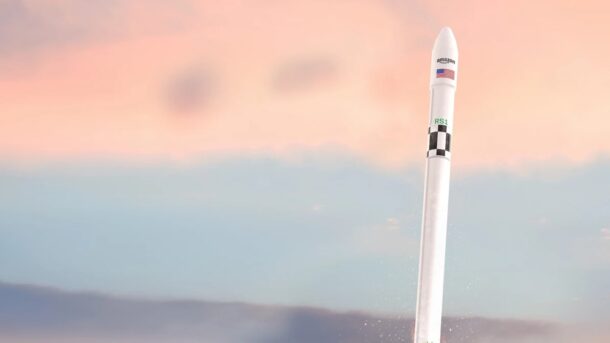Amazon has hit another corner on the way to its thing of putting low Earth route to mask utmost of the earth with internet access. On Monday, the company filed a license operation with the Federal Dispatches Commission to launch two prototype satellites, KuiperSat-1 and KuiperSat-2. They will feature numerous of the technologies the company plans to include in the final product variant of its constellation satellite, giving it the chance to test how those systems fare outdoors of a lab terrain. At the same time, the tests will allow it to validate its launch procedures and charge operation when it comes time to start putting its full network in route.
“We ’ve constructed lots of new technology to meet our cost and performance targets for Project Kuiper. All of the systems are testing well in simulated and lab settings, and we ’ll soon be ready to see how they perform in space,” said Rajeev Badyal, vice chairman of technology for Project Kuiper.”There’s no cover for on- route testing, and we anticipate to learn a lot given the complexity and threat of operating in such a grueling terrain According to Amazon, it’ll launch KuiperSat-1 and KuiperSat-2 toward the end of 2022. Once the test is complete, the company plans to deorbit the satellites so they do n’t add to the junk pile that’s circling the earth. Also, one of the satellites will feature a dome so Amazon can see if it helps make it less reflective and thereby less visible to telescopes on the ground.
With moment’s advertisement, Amazon participated it’s working with ABL Space Systems to put KuiperSat-1 and KuiperSat-2 in space. The company’s new RS1 rocket will ferry the satellites to route. One of the main design features of Amazon’s Kuiper craft is that they ’re compatible with multiple launch systems, including the Atlas V rocket from United Launch Alliance Once it completes the test, Amazon will need to move snappily to put the entire system into space. When the FCC approved its original plan, the company said it would put half the satellites in route by 2026 and the entire constellation by July 30th, 2029.


![[pii_email_9adeb2eb81f173c673a5] error resolved](https://littlewandrers.com/wp-content/uploads/2021/10/pii_pn_fb500b22e25c960edb2a-520x292.jpg)

